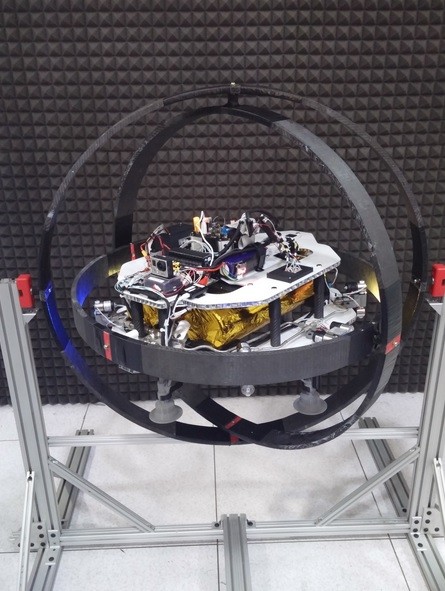When it comes to searching for new resources on the moon and even on Mars, rovers can find it extremely challenging to search certain areas due to deep craters or walls that are too steep to climb from. Now, NASA scientists are finding solutions to this problem where drones are now under development to explore these alien worlds.
NASA is now collaborating with Swamp Works engineers to develop prototypes of flying autonomous robotic vehicles in NASA's Kennedy Space Center in order to carry out easier missions by making hard to reach places more accessible.
These drones will be called Extreme Access Flyers which will look like quadcopters where they will function as "prospecting robots", according to Rob Mueller who is Swamp Works' senior technologist for advanced projects. Designers are now aiming to develop vehicles that can provide navigation specifically in shaded regions of craters and obtain soils samples to match with water ice samples.
These Extreme Access Flyers will be built and appear like the drones here on Earth however, they have the special ability to fly in thin Martian atmosphere without the aid of GPS or mission ground control.
In order to achieve this, the drones will utilize cold gas jets with oxygen or water vapor steam instead of rotors where they will be programmed to recognize terrain and landmarks autonomously. The drones will also have the ability to recharge its own batteries and in between flights.
To date, the engineering team from Swamp Works are now testing seven different prototypes but they aim to focus on a flyer that will span five feet across that will be built with ducted fans that will be operational during a space mission.
Swamp Works is now working on a model called the Asteroid Prospector Flyer that is seen on this video test flight on a gimbal where this demonstration shows how it will work in a zero gravity environment.
The flying drone will also explore Martian lava tubes and also ones on the moon and here on Earth. In Mars, these tunnels found in volcanic regions can be a potential safe haven for astronauts when they start colonizing the Red Planet, according to NASA.



























